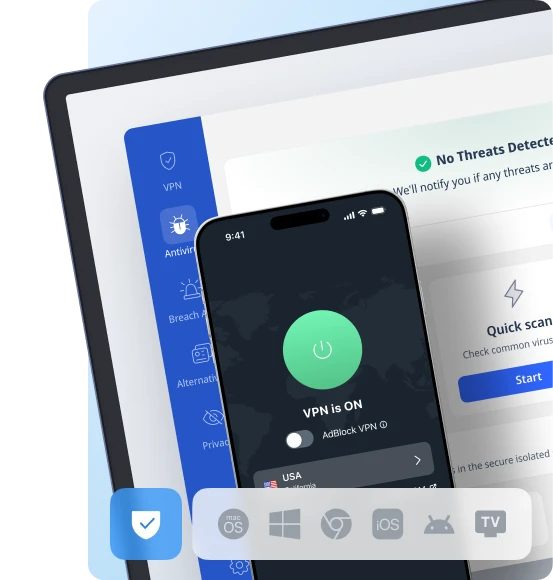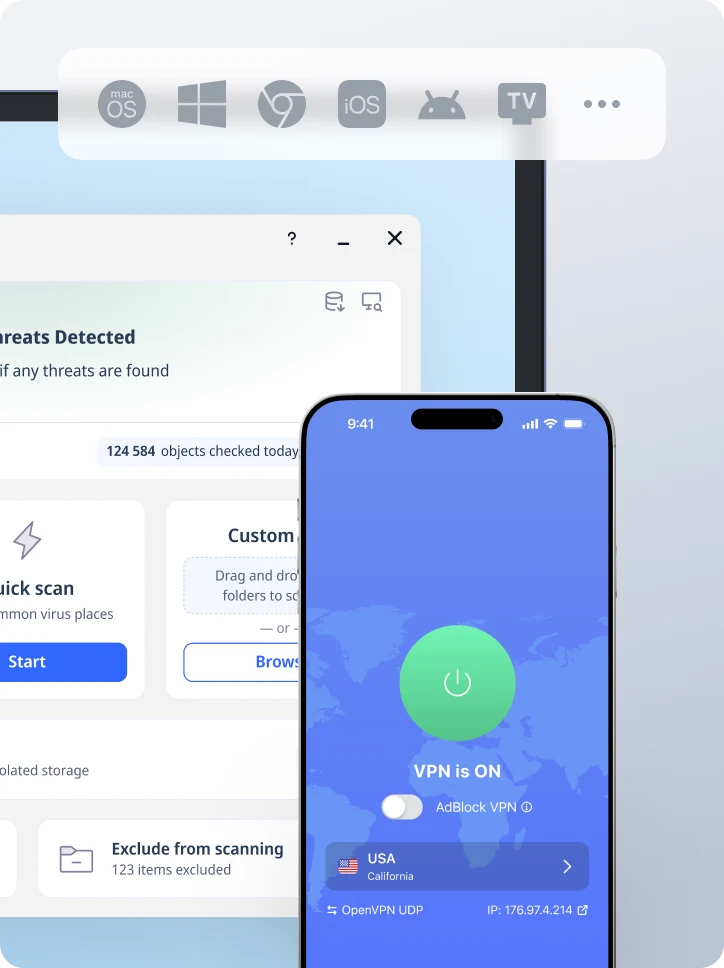How to Lower Screen Time: Simple Strategies for a Healthier Digital Life
In a world dominated by smartphones, laptops, and endless streaming options, our screen time is at an all-time high. Whether it’s scrolling through social media, binge-watching a new series, or checking emails late into the night, screens are part of nearly every waking moment. While technology brings undeniable convenience, excessive screen time can lead to eye strain, poor sleep, and mental fatigue. Exposure to blue light from screens, especially in the evening, can disrupt sleep patterns; using features like ‘night shift’ on your phone or computer can help reduce blue light exposure before bed. Fortunately, there are effective ways to reclaim your time and strike a healthy balance.

Introduction: Why Reducing Screen Time Matters
We live in the age and era of digital life, and it is easy to forget what time we spend on our phones, computers, and other electronic devices. People sit before screens 7 or more hours per day at the moment and this can have a significant negative influence on mental health and even overall well-being of a person. Excessive screen time is also linked to many health-related risks including sleep disorders, weight and even mental disorders like anxiety and depression. It can also reduce the time we spend on physical activity and ruin our life in the social sphere with our friends or relatives.
Having clear time restrictions and screen-free zones in your family, you will start establishing healthier practices and reducing the risks of developing such complications. In this paper, we shall go over the need of reducing on screen time and some of the most effective ways that can help you lead a more balanced healthy life off the screen.
Boost Your Digital Wellness with VeePN
Before we dive into practical screen-reducing tips, it’s important to acknowledge one crucial reality: much of our screen time is linked to internet usage. From browsing and video calls to gaming and streaming, most of our screen engagement happens online. That’s where VeePN can help, not just by securing your connection, but by giving you better control over your online habits.
With VeePN, you can:
- Block distracting sites during work or study hours
- Monitor data usage to track and limit time spent online
- Secure your connection on public WiFi to avoid endless browsing in unsafe environments
- Enable features like VPN split tunneling to minimize exposure to high-traffic distractions while maintaining access to necessary services
VeePN and similar tools can also help block or limit access to specific apps, including social media apps, to reduce distractions and screen time. Families can use parental controls to manage children’s online activity and set healthy screen time limits.
Protect your privacy and help yourself stay focused with a VPN that does more than just encryption.
Understanding Your Screen Time Habits
It is best to be knowledgeable of the amount of time you spend in front of screens daily before you can cut down on the time. Pay more attention to your everyday usage of screens, such as TV, playing video games, scrolling through social media, and using computers at work or as entertainment. Several gadgets and applications now provide inbuilt features to assist you monitor your screen time and limit it.
To illustrate, you might discover that you have been spending a few hours on social media every day or that you have spent numerous hours on your TV than you imagine. It can be something like trying to reduce the number of hours you spend in front of your screens by 30 minutes daily or limiting your social media to certain periods. Knowing more about your habits and about the hours of the day, or the circumstances under which you are likely to reach out to a screen, you will be able to make more conscious decisions and start spending your time more healthily.
Tips On How to Stay Well
Let’s discuss the most important tips on how to manage your screen time:
1. Set Realistic Screen Time Limits
Begin with making it a goal to limit screen time as a main tactic for healthier device usage. Use tools like Screen Time (iOS) or Digital Wellbeing (Android) to monitor usage and assist in cutting down screen time by implementing limits on apps that suck the time out of you. On computers, browser add-ons StayFocusd will block access to distracting websites after a certain amount of time.
2. Create Screen-Free Zones and Hours
Establish places in your house where there is no screen, like the dining room or bed room. Equally, enforce a non-screen time, particularly at bedtime. This is used to enhance the quality of sleep and promote face-to-face interactions and you will be able to give your full attention to your loved ones and meaningful conversations.
3. Replace Screen Time with Alternative Activities
The use of screens is an automatic response to fill the time and idle time. Picking the other options of activities will help you to find the time much more purposeful and prevent the loss of the experiences that matter to you.
Prepare a list of alternative activities such as reading a book, journaling, cooking, or going outside the house-they are likely to decrease stress and enhance good health. You can ease the anxiety by making a digital detox toolkit to spend time without a gadget.
By engaging in offline pursuits, you will be able to get back in touch with what you are missing out in life.
4. Use Technology Mindfully
When you are going to be on your device, make it worth it. Mindfulness or even a few moments to not think will allow you to quit the tendency of grabbing your device because of boredom or stress. Put more purpose into your digital life by reading an informative blog, doing an online course, or even video calling a loved one, instead of scrolling aimlessly. Conscious consumption can change screen time to purposeful time.
5. Schedule “No-Tech” Days or Hours
Set aside a day, or a couple of hours per week and become tech-free. It may be a Sunday hike, a technology-free dinner party, or simply a non-screen night. Asking a friend to go with you on a tech-free activity will make it more fun and will keep you determined. These pauses allow you to reset your connection with gadgets and renew your mind.
6. Customize Notifications
Disable non-essential notifications to minimize interruptions. Each buzz and ping tempts you back into the screen loop. Opt into only the most critical alerts to reduce your reactive screen engagement.
7. Be a Role Model for Others
If you’re a parent, child, or a team leader, modeling screen control can encourage others to do the same. Setting a positive example helps kids develop healthier screen habits and understand the importance of balanced technology use. Discuss healthy habits openly, and set shared tech-free times for groups or families to foster collective mindfulness. Being a mindful person with your own screen use can positively influence those around you.
8. Use Apps That Promote Digital Wellness
Apps like Forest, Freedom, and Moment are designed to help you monitor and limit screen use. Combine these with a secure VPN like VeePN to ensure your online time is not only focused but safe from digital threats and distractions.
In fact, one study found that using digital wellness apps and reducing screen time led to improvements in emotional recognition and nonverbal communication, especially in children.
Creating a Balanced Lifestyle Beyond the Screen
The creation of a balanced lifestyle implies the inclusion of something which is not screen-related. Begin by marking screen free areas in your house like the dining table or the bedrooms, and creating screen free periods, like during meals or the hour before bed. Spend them doing something physical, go out and walk, workout, or play a sport. Prioritize social connections, such as setting up meetings with friends or family members on a regular basis, or consider video chatting so you stay connected.
Look into new interests such as reading, playing board games or cooking together. As research, including one published about young people, indicates, people who invest more time in exercising and socializing have better mental health and well-being on the whole. These screen free activities are not only going to help you cut the time you spend on your screens but also fill your life with valuable moments.
Overcoming Common Challenges
Reducing the screen time is not always simple, and it is challenging whether you are getting notifications or the social media option is only a tap away. In order to deal with these obstacles, first, find it in yourself to establish a clear boundary on how much you use social media and mute all non-urgent messages at set times.
Install or use the in-built phone tools to monitor your screen time and limit distracting sites when you need to get some work done. The next time you have the urge to get on your phone during breaks, go out, do a puzzle, or something that is not screen based. In case you have children, you need to be a good role model by modeling good screen habits yourself and creating screen free zones and times with the entire family. Be persistent and do it consistently and you will have a better chance at breaking the cycle and having more screen free times during your day.
The Benefits of Reducing Screen Time
The attempt to reduce the number of hours you can spend in front of the screen can lead to numerous positive shifts in the context of your health and joyfulness. There is improved mental health, sound sleep and stress associated with limited screen time. You will also have more time to be active physically and this will help you not to gain weight as well as chances of heart disease will also be reduced.
Your well-being and a sense of fulfillment can be boosted by improving your relationship with others and spending more time with your friends and family members. One of the examples is that a study has shown that the adults who started spending one less hour in front of the screens a day observed the changes in their mental health and quality of life. It is more than possible to reduce the negative consequences of excessive screen time in front of the screen and live healthier and more balanced lives, as you can achieve it by setting achievable time limits and making minor adjustments to everyday habits.
Final Thoughts
Reducing screen time isn’t about giving up technology, it’s about reclaiming your time and using it with purpose. With a few small changes and the right tools, you can find a balance that enhances both your productivity and your well-being. Try integrating VeePN into your digital wellness plan to not only limit distractions but also safeguard your online presence.
Ready to take control of your screen time and protect your digital life? Get started with VeePN today.
VeePN is freedom
Download VeePN Client for All Platforms
Enjoy a smooth VPN experience anywhere, anytime. No matter the device you have — phone or laptop, tablet or router — VeePN’s next-gen data protection and ultra-fast speeds will cover all of them.
Download for PC Download for Mac IOS and Android App
IOS and Android App
Want secure browsing while reading this?
See the difference for yourself - Try VeePN PRO for 3-days for $1, no risk, no pressure.
Start My $1 TrialThen VeePN PRO 1-year plan






